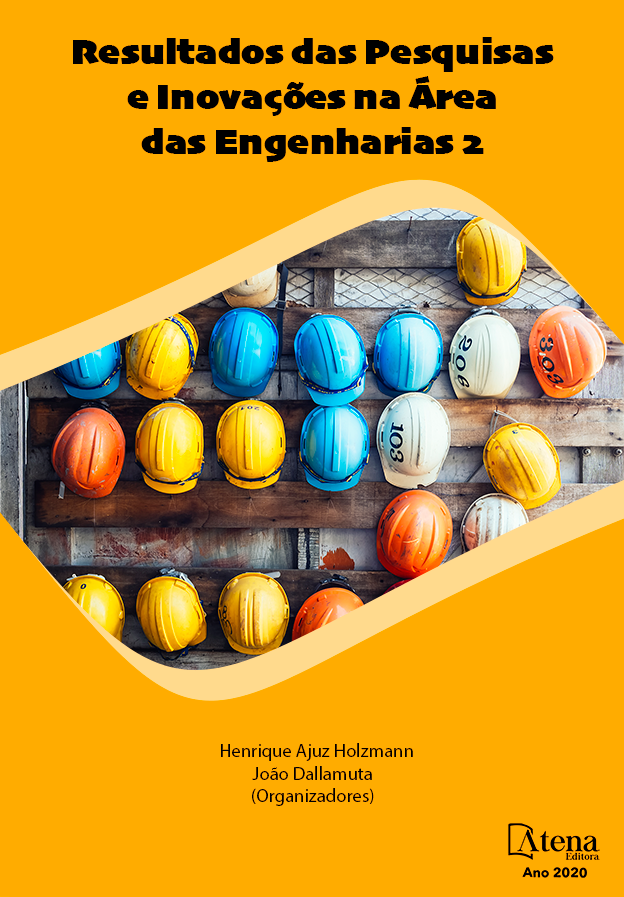
APLICAÇÃO DA SINERGIA ENTRE CORANTE SINTÉTICO N719 E NATURAIS DO GÊNERO OENOCARPUS EM CÉLULAS SOLARES SENSIBILIZADAS POR CORANTES
O investimento de setores e governos em fontes renováveis de energia aumentou nas últimas décadas, devido ao alto impacto ambiental gerado pela queima, e pela previsão alarmante de esgotamento das fontes, de combustíveis fosseis. O desenvolvimento de tecnologia para o aproveitamento da energia solar no Brasil é muito importante, pois uma grande região do país fica localizada muito próxima a linha do Equador e recebe radiação praticamente o ano todo. As células solares sensibilizadas por corantes estão ganhando espaço no mercado e possuem vantagens interessantes do ponto de vista ambiental e econômico. Os corantes mais utilizados atualmente são os complexos metálicos baseados em rutênio, destacando-se por apresentar uma ampla faixa de absorção de energia, além de ser estável e possuir grupos adsorventes que se ligam fortemente ao óxido. Entretanto, o valor médio do grama deste tipo de corante, pode chegar a cerca de U$3,000.00. Por isso, novos corantes para uso em CSSCs são de extrema importância. A aplicação de corantes naturais minimiza o custo de produção. Deste modo, destacam-se as espécies Bacaca (Oenocarpus bacaba) e Patuá (Oenocarpus bataua), cujos corantes advindos dos frutos são passíveis de aplicação em CSSCs. O objetivo principal deste trabalho é utilizar células baseadas em Nb2O5, TiO2 e TiO2/Nb2O5 e mistura dos corantes sintético N719 e naturais do gênero Oneocarpus, para o estudo da sinergia entre estes. A obtenção dos corantes se dará por extração em meio etanólico ácido (pH 2,0) e descanso em vidro âmbar por 72h. A montagem será em formato sanduíche, e serão realizadas medidas de fotocronoamperometria, curva JxE e impedância eletroquímcia, por fim obtendo-se os valores de eficiência. Espera-se como resultado uma CSSC, com associação dos corantes estudados, em que a eficiência da mesma mantenha-se em um valor significativo frente à literatura, porém com um custo menor à do corante N719.
APLICAÇÃO DA SINERGIA ENTRE CORANTE SINTÉTICO N719 E NATURAIS DO GÊNERO OENOCARPUS EM CÉLULAS SOLARES SENSIBILIZADAS POR CORANTES
-
DOI: 10.22533/at.ed.56620051014
-
Palavras-chave: CSSC; patauá; bacaba; bioenergia; energias renováveis;
-
Keywords: DSSC; pataua; bacaba; bioenergy; renewable energies;
-
Abstract:
Investment by sectors and governments in renewable energy sources has increased in recent decades, due to the high environmental impact generated by burning, and the alarming forecast of depletion of fossil fuel sources. The development of technology for solar energy in Brazil is of high importance, as a large region of the country is located very close to the Equator and receives radiation almost all year round. Dye-sensitized solar cells are gaining ground in the market and have interesting environmental and economic advantages. The most widely used dyes today are metal complexes based on ruthenium, standing out for presenting a wide range of energy absorption, in addition to being stable and having adsorbent groups that bind strongly to the oxide. However, the average gram value of this type of dye is around U$ 3,000.00. Therefore, it is of most importance the research of new dyes to sensitize DSSCs. The application of natural dyes minimizes the cost of production. In this way, the Bacabal (Oenocarpus bacaba) and Patuá (Oenocarpus bataua) species stand out, whose dyes from the fruits are applicable to DSSCs. The main objective of this work is to use cells based on Nb2O5, TiO2 and TiO2 / Nb2O5 and a mixture of synthetic N719 and natural dyes of the genus Oneocarpus, to study the synergy between those. The dyes will be obtained by extraction in ethanolic acid medium (pH 2.0) and resting in amber glass for 72 hours. The assembly will be in sandwich, and measurements of photochronamperometry, JxE curve and electrochemical impedance will be performed, to obtain the efficiency values. As a result, a DSSC is expected, with the association of the studied dyes, in which its efficiency remains at a significant value compared to the literature, but at a lower cost than the N719 dye.
-
Número de páginas: 8
- Everson do Prado Banczek
- Guilherme José Turcatel Alves
- Paulo Rogério Pinto Rodrigues
- RAFAEL BECKER MACIEL


